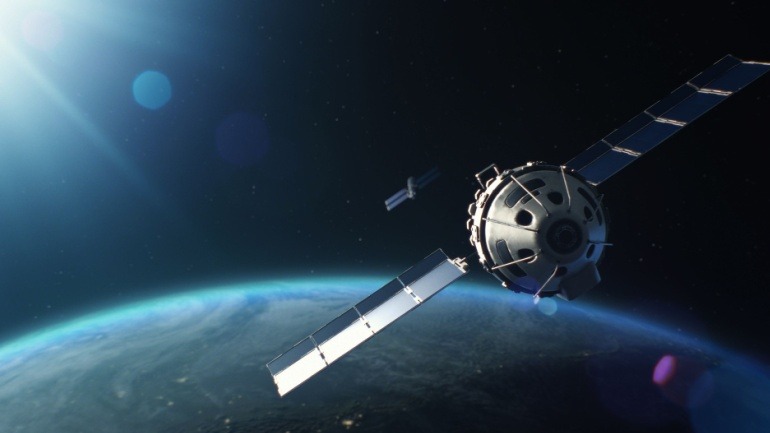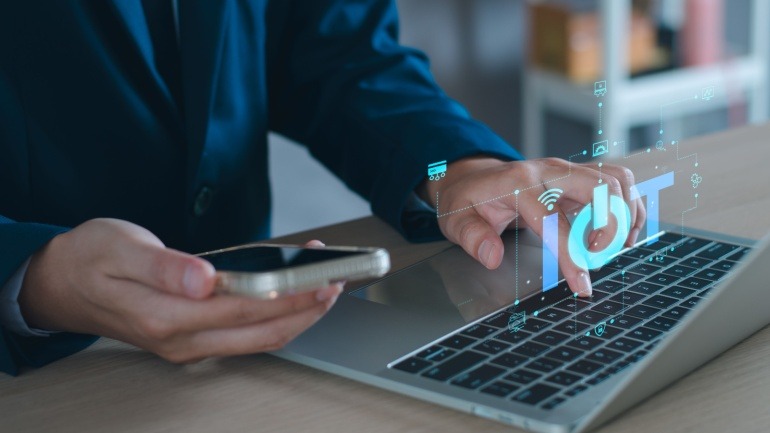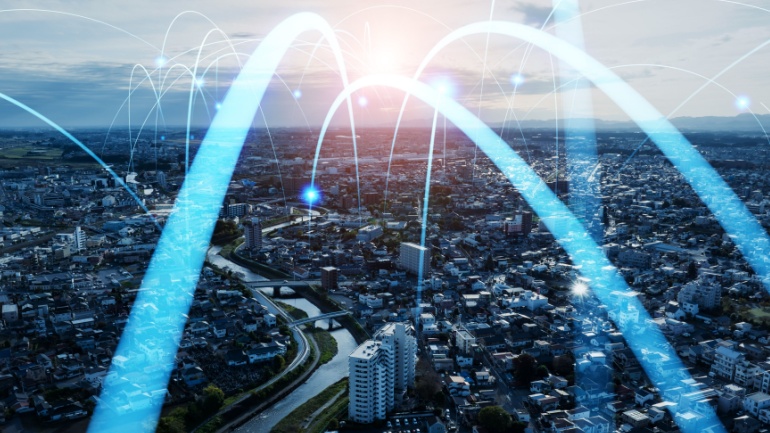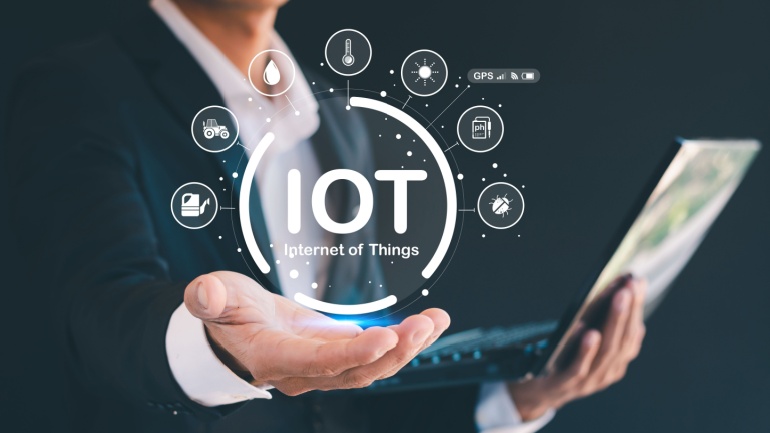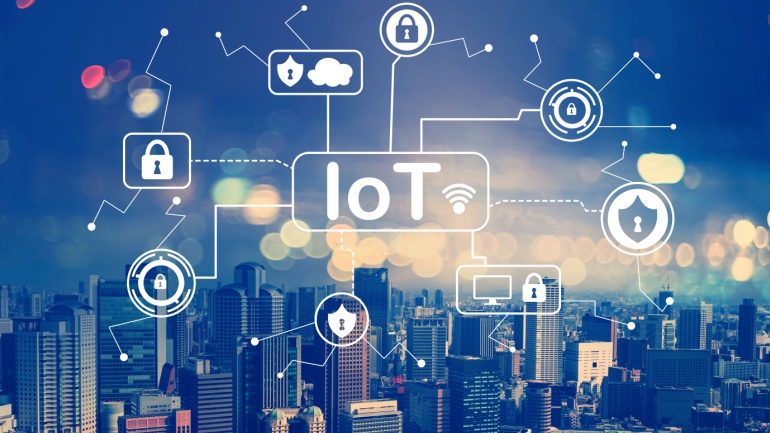Barcelona-based satellite IoT provider Sateliot has secured €10 million in a Series B funding round led by Global Portfolio Investments. This investment will enhance Sateliot’s NB-IoT constellation, aiming for 100 satellites by 2028. The company plans to offer real-time global coverage, targeting sectors like agriculture, industry, and logistics.
China’s Ministry of Industry and Information Technology is propelling the mobile Internet of Things (IoT) sector with a robust plan to enhance supply chains, foster innovation, and boost industrial value. This strategy targets intelligent vehicles, healthcare, and smart homes, aiming to achieve 3.6 billion mobile IoT connections by 2027.
Swiss IoT module maker u-blox and UK-based Wireless Logic have partnered to revolutionize IoT connectivity. Integrating Wireless Logic’s Conexa network with u-blox’s cellular IoT modules enables optimal coverage, seamless scalability, and robust performance. This strategic alliance promises enhanced control, faster time-to-market, and unprecedented flexibility for industries like automotive, healthcare, and smart cities.
Qualcomm’s acquisition of Sequans Communications’ 4G IoT technology marks a significant leap in enhancing their VoIP solutions for the industrial IoT market. By integrating Sequans’ specialized cellular semiconductor solutions, Qualcomm aims to offer more reliable and optimized VoIP connectivity. This strategic move bolsters their portfolio, aligning with the growing demand for robust IoT connections.
Barcelona-based Sateliot has launched four LEO nanosatellites via SpaceX to expand its satellite IoT services. This move aims to connect eight million devices and secure €30 million in funding. Utilizing a 5G core through AWS, Sateliot’s NB-IoT constellation targets 100% global coverage and offers cost-saving IoT solutions.
Deutsche Telekom is enhancing its global IoT presence through a new agreement with the Bridge Alliance. As the first European telecom giant in this consortium, Deutsche Telekom aims to streamline IoT solutions for both Asian and European markets. Their combined expertise promises superior connectivity and simplified procurement processes.
Vodafone has outlined a strong case for equipping UK public buildings with 5G-enabled technology. The ‘Connected Spaces’ report highlights how digital twins, IoT, and smart sensors can save the public sector £580 million annually. By integrating these technologies, Vodafone promises significant energy efficiency and reduced CO2 emissions, aiding sustainability goals.
Soracom, a KDDI division, has integrated generative AI into its cellular IoT platform, launching Soracom Flux and Soracom Query Intelligence. These tools simplify IoT deployments, empowering non-technical users to manage data and connectivity efficiently. Enhanced with AI, these services promise to revolutionize how industries implement and manage IoT networks.
Nozomi Networks has unveiled the industry’s first OT and IoT security sensor, Arc Embedded, within Mitsubishi Electric programmable logic controllers (PLCs). This innovative solution provides real-time visibility and advanced threat detection, enhancing operational resilience. By directly integrating into industrial automation equipment, Arc Embedded accelerates threat response, ensuring robust industrial security.
Soracom’s commercial rollout of satellite NB-IoT, in partnership with Skylo Technologies, is revolutionizing IoT connectivity. Leveraging Skylo’s LEO satellite constellation, Soracom provides seamless integration of cellular and satellite IoT networks through its cloud platform. This advancement empowers businesses with reliable, global IoT services, enhancing connectivity even in remote areas.



